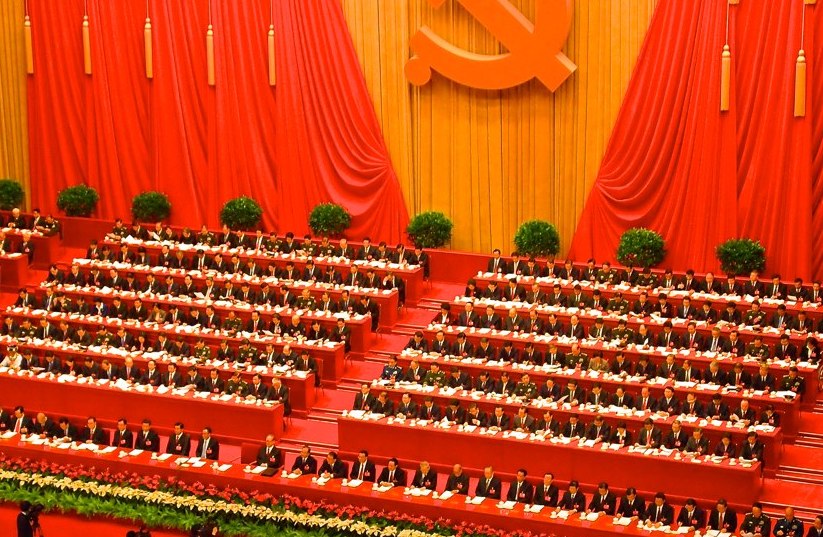This post is also available in: English Português
On September 25, Asia & Latin America Program Director Margaret Myers was interviewed by Esteban Lafuente of La Nación on the challenges and opportunities resulting from China’s shifting engagement with the region.
Comments from Myers:
«[At the height of the Belt and Road Initiative], China was looking for opportunities to export excess production capacity. At that time, the focus was on steel overproduction, for example, so companies looked at big projects in railways or other infrastructure. This was important as a form of economic diplomacy, but also for other purposes.»
“Now we are in a different stage. We don’t see the big infrastructure projects that we saw before. Maybe there will be a couple, but it won’t be the same. Now there is an intense focus on seven or eight sectors that China has prioritized at home and abroad. And those are those linked to high technology and the entire supply chain that feeds it. This means electric cars, batteries, solar energy, materials linked to the energy transition, AI, biopharma, biotechnology, medical equipment. And also components linked to construction.”
«[For the region], the first step is to understand what Chinese policy is promoting, the characteristics of its industrial policy and how it translates locally and abroad. Also, to understand how this approach impacts industries that are competitive locally and internationally. «
«And additionally, all this requires a clear vision of the current situation on the energy transition and the management of AI, something for which no one has a clear answer yet, as this technology begins to play an increasingly fundamental role in the regional scenario.»




